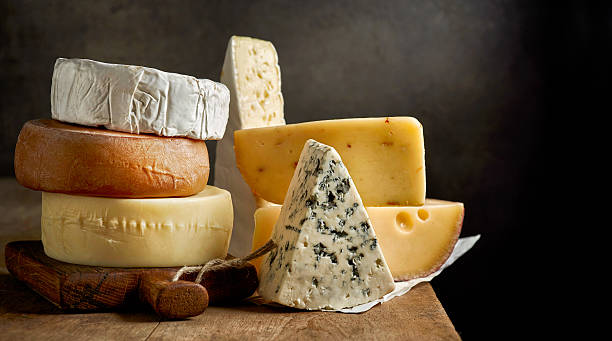Simple Recipe Frameworks for Stress-Free Weeknight Meals
Adopting a few repeatable recipe frameworks turns busy weeknights into manageable, flavorful routines. These frameworks help you combine seasonal produce, pantry staples, and simple techniques to create varied cuisine, nutritious plates, and satisfying menus without long prep times or complex steps.

Busy evenings call for reliable structures that make cooking predictable and pleasant. A good first paragraph sets the tone: choose a flexible framework, keep components modular, and use seasonality and pantry basics to accelerate decision-making. With these principles you can blend culinary influences, optimize nutrition, and incorporate artisanal or fermented touches that elevate simple recipes while keeping hands-on time low.
How does cuisine guide quick recipes?
Starting with a cuisine anchor simplifies choices: pick a culinary direction such as Mediterranean, East Asian, or Latin American, then select a core protein or plantbased base and a compatible grain or starch. This approach narrows spice and ingredient selections so recipes remain coherent. Swap vegetables or proteins depending on what’s seasonal or on hand, and maintain a rotating list of go-to sauces or dressings to finish dishes consistently.
What beverages and pairing ideas work best?
Pairings and beverages need not be elaborate to feel intentional. Match acid, texture, and heat: a citrusy sparkling beverage refreshes rich mains, light herbal iced tea complements spicy preparations, and fermented drinks like kombucha can add acidity and complexity. Small pairings—an herb-yogurt drizzle, quick chutney, or artisanal condiment—create balance across the plate and transform routine meals into composed menus with minimal extra effort.
How can seasonal and plantbased choices simplify cooking?
A seasonal-ingredient framework reduces planning by centering meals on what’s fresh and often cost-effective. For plantbased weeknights, use legumes, tofu, or hearty vegetables as mains, and build layers of texture with grains, seeds, or nuts. Seasonal produce dictates the flavor profile—tomatoes lend themselves to bright, raw sauces in summer, while squash and root vegetables pair well with warming spices in cooler months—making recipes adaptable and satisfying.
Are fermentation and artisanal touches worth adding?
Small fermented or artisanal elements provide depth without lengthy preparation. Miso stirred into a quick broth, a spoonful of preserved lemons, or a few pieces of quick-pickled vegetables lift a simple plate. These items work across many recipes, delivering umami, acidity, and brightness. Keeping a few reliable artisanal staples in your pantry or fridge lets you finish dishes like a chef without extra cooking time.
How should nutrition and snacking principles be applied?
Think modular: present protein, vegetables, and a carbohydrate or healthy fat as separate components so plates can be adjusted to appetite and nutrition needs. Use snacking tactics to round meals—roasted chickpeas for crunch, sliced avocado for healthy fat, or a handful of nuts for added protein. This component-based approach supports balanced nutrition, reduces waste, and accommodates picky eaters or varied dietary preferences on the same night.
Where do sustainability, sourcing, and streetfood techniques fit?
A sustainability-minded framework emphasizes seasonal sourcing, reduced waste, and mindful protein choices. Look to local services or markets in your area for seasonal produce and responsibly sourced items. Streetfood-influenced methods—high-flavor marinades, quick sears, and bold sauces—are particularly useful for weeknights because they focus on efficiency and impact. Combining these ideas produces compact menus that respect sourcing and minimize prep time.
Conclusion Adopting a handful of simple recipe frameworks—anchoring by cuisine, selecting intentional beverages and pairings, relying on seasonal plantbased options, using fermented or artisanal finishes, applying nutrition-focused modular plating, and practicing sustainable sourcing—makes weeknight cooking consistently manageable and flavorful. These structures encourage creativity within constraints so that varied, nourishing meals become part of the routine rather than an occasional effort.





